Instruction
Flop Shot Fallacies
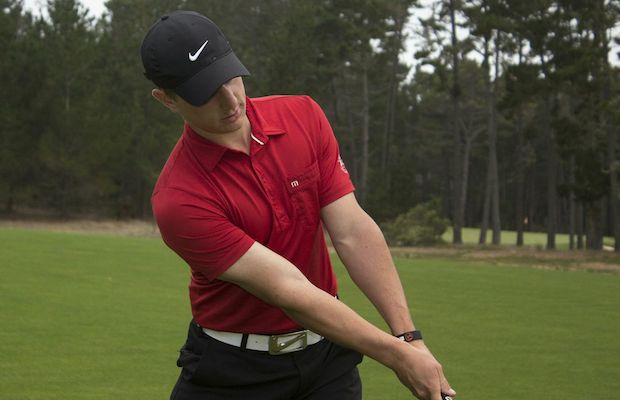
There is a misconception among many golfer on how to hit a flop shot. Most people think that you must do the things below to hit a really high shot. I am here to tell you that there are multiple ways to hit a flop shot. It’s like Jim Furyk and Rory McIlory’s swings. The aesthetics of the swing are different, but impact is very similar. They get the job done, just in different ways.
Fallacy No. 1: You Have To Open The Face
Almost all players open the face to some degree when hitting flop shots, but laying the face flat on the ground is not required. There is another option to create just as much loft.
Take a wide stance with bent knees and a forward ball position. Lower the hands and point the shaft to the center of the chest. The shaft will appear to be leaning backward, but that is a product of the forward ball position. These steps will point the face upward just like opening the face.
Fallacy No. 2: A Narrow Swing Works Best
It is commonly thought that making the swing more vertical or more in the shape of a “v” will produce higher shots. The shape of the swing has more to do with the bottom of the swing. The tendency with this swing shape is to catch the ball before the bottom of the downswing. Hitting too much down on the ball will tend to deloft the club and create more turf interaction than desired.
Feel width throughout the swing with a sensation of the “trail” wrist straightening as quickly as possible on the downswing. If you swing the club with greater width and more around your body, the result will be a shallower descent angle. This will also allow for less delofting and a greater margin for error.
Fallacy No. 3: Play With An Open Stance
Swinging along an open stance is often thought to help one swing across the ball and allow the club head to slide underneath. Swing direction does not dictate the club’s ability to swing underneath the ball. A consistent low point is more important in regard to striking the ball with solid, clean contact, which can be done by having a controlled pivot.
The stance can be parallel or even closed to the target with a club swinging more on the target line. This will make it easier to aim, and predict the direction of the spin of the ball.
- LIKE6
- LEGIT0
- WOW0
- LOL0
- IDHT0
- FLOP0
- OB0
- SHANK1
Instruction
The Wedge Guy: The easiest-to-learn golf basic

My golf learning began with this simple fact – if you don’t have a fundamentally sound hold on the golf club, it is practically impossible for your body to execute a fundamentally sound golf swing. I’m still a big believer that the golf swing is much easier to execute if you begin with the proper hold on the club.
As you might imagine, I come into contact with hundreds of golfers of all skill levels. And it is very rare to see a good player with a bad hold on the golf club. There are some exceptions, for sure, but they are very few and very far between, and they typically have beat so many balls with their poor grip that they’ve found a way to work around it.
The reality of biophysics is that the body moves only in certain ways – and the particulars of the way you hold the golf club can totally prevent a sound swing motion that allows the club to release properly through the impact zone. The wonderful thing is that anyone can learn how to put a fundamentally sound hold on the golf club, and you can practice it anywhere your hands are not otherwise engaged, like watching TV or just sitting and relaxing.
Whether you prefer an overlap, interlock or full-finger (not baseball!) grip on the club, the same fundamentals apply. Here are the major grip faults I see most often, in the order of the frequency:
Mis-aligned hands
By this I mean that the palms of the two hands are not parallel to each other. Too many golfers have a weak left hand and strong right, or vice versa. The easiest way to learn how to hold the club with your palms aligned properly is to grip a plain wooden ruler or yardstick. It forces the hands to align properly and shows you how that feels. If you grip and re-grip a yardstick several times, then grip a club, you’ll see that the learning curve is almost immediate.
The position of the grip in the upper/left hand
I also observe many golfers who have the butt of the grip too far into the heel pad of the upper hand (the left hand for right-handed players). It’s amazing how much easier it is to release the club through the ball if even 1/4-1/2″ of the butt is beyond the left heel pad. Try this yourself to see what I mean. Swing the club freely with just your left hand and notice the difference in its release from when you hold it at the end of the grip, versus gripping down even a half inch.
To help you really understand how this works, go to the range and hit shots with your five-iron gripped down a full inch to make the club the same length as your seven-iron. You will probably see an amazing shot shape difference, and likely not see as much distance loss as you would expect.
Too much lower (right) hand on the club
It seems like almost all golfers of 8-10 handicap or higher have the club too far into the palm of the lower hand, because that feels “good” if you are trying to control the path of the clubhead to the ball. But the golf swing is not an effort to hit at the ball – it is a swing of the club. The proper hold on the club has the grip underneath the pad at the base of the fingers. This will likely feel “weak” to you — like you cannot control the club like that. EXACTLY. You should not be trying to control the club with your lower/master hand.
Gripping too tightly
Nearly all golfers hold the club too tightly, which tenses up the forearms and prevents a proper release of the club through impact. In order for the club to move back and through properly, you must feel that the club is controlled by the last three fingers of the upper hand, and the middle two fingers of the lower hand. If you engage your thumbs and forefingers in “holding” the club, the result will almost always be a grip that is too tight. Try this for yourself. Hold the club in your upper hand only, and squeeze firmly with just the last three fingers, with the forefinger and thumb off the club entirely. You have good control, but your forearms are not tense. Then begin to squeeze down with your thumb and forefinger and observe the tensing of the entire forearm. This is the way we are made, so the key to preventing tenseness in the arms is to hold the club very lightly with the “pinchers” — the thumbs and forefingers.
So, those are what I believe are the four fundamentals of a good grip. Anyone can learn them in their home or office very quickly. There is no easier way to improve your ball striking consistency and add distance than giving more attention to the way you hold the golf club.
More from the Wedge Guy
- The Wedge Guy: Golf mastery begins with your wedge game
- The Wedge Guy: Why golf is 20 times harder than brain surgery
- The Wedge Guy: Musings on the golf ball rollback
- LIKE84
- LEGIT13
- WOW5
- LOL1
- IDHT0
- FLOP4
- OB1
- SHANK8
Instruction
Clement: Stop ripping off your swing with this drill!

Not the dreaded headcover under the armpit drill! As if your body is defective and can’t function by itself! Have you seen how incredible the human machine is with all the incredible feats of agility all kinds of athletes are accomplishing? You think your body is so defective (the good Lord is laughing his head off at you) that it needs a headcover tucked under the armpit so you can swing like T-Rex?
- LIKE0
- LEGIT2
- WOW2
- LOL0
- IDHT0
- FLOP0
- OB0
- SHANK2
Instruction
How a towel can fix your golf swing

This is a classic drill that has been used for decades. However, the world of marketed training aids has grown so much during that time that this simple practice has been virtually forgotten. Because why teach people how to play golf using everyday items when you can create and sell a product that reinforces the same thing? Nevertheless, I am here to give you helpful advice without running to the nearest Edwin Watts or adding something to your Amazon cart.
For the “scoring clubs,” having a solid connection between the arms and body during the swing, especially through impact, is paramount to creating long-lasting consistency. And keeping that connection throughout the swing helps rotate the shoulders more to generate more power to help you hit it farther. So, how does this drill work, and what will your game benefit from it? Well, let’s get into it.
Setup
You can use this for basic chip shots up to complete swings. I use this with every club in my bag, up to a 9 or 8-iron. It’s natural to create incrementally more separation between the arms and body as you progress up the set. So doing this with a high iron or a wood is not recommended.
While you set up to hit a ball, simply tuck the towel underneath both armpits. The length of the towel will determine how tight it will be across your chest but don’t make it so loose that it gets in the way of your vision. After both sides are tucked, make some focused swings, keeping both arms firmly connected to the body during the backswing and follow through. (Note: It’s normal to lose connection on your lead arm during your finishing pose.) When you’re ready, put a ball in the way of those swings and get to work.

Get a Better Shoulder Turn
Many of us struggle to have proper shoulder rotation in our golf swing, especially during long layoffs. Making a swing that is all arms and no shoulders is a surefire way to have less control with wedges and less distance with full swings. Notice how I can get in a similar-looking position in both 60° wedge photos. However, one is weak and uncontrollable, while the other is strong and connected. One allows me to use my larger muscles to create my swing, and one doesn’t. The follow-through is another critical point where having a good connection, as well as solid shoulder rotation, is a must. This drill is great for those who tend to have a “chicken wing” form in their lead arm, which happens when it becomes separated from the body through impact.
In full swings, getting your shoulders to rotate in your golf swing is a great way to reinforce proper weight distribution. If your swing is all arms, it’s much harder to get your weight to naturally shift to the inside part of your trail foot in the backswing. Sure, you could make the mistake of “sliding” to get weight on your back foot, but that doesn’t fix the issue. You must turn into your trial leg to generate power. Additionally, look at the difference in separation between my hands and my head in the 8-iron examples. The green picture has more separation and has my hands lower. This will help me lessen my angle of attack and make it easier to hit the inside part of the golf ball, rather than the over-the-top move that the other picture produces.


Stay Better Connected in the Backswing
When you don’t keep everything in your upper body working as one, getting to a good spot at the top of your swing is very hard to do. It would take impeccable timing along with great hand-eye coordination to hit quality shots with any sort of regularity if the arms are working separately from the body.
Notice in the red pictures of both my 60-degree wedge and 8-iron how high my hands are and the fact you can clearly see my shoulder through the gap in my arms. That has happened because the right arm, just above my elbow, has become totally disconnected from my body. That separation causes me to lift my hands as well as lose some of the extension in my left arm. This has been corrected in the green pictures by using this drill to reinforce that connection. It will also make you focus on keeping the lead arm close to your body as well. Because the moment either one loses that relationship, the towel falls.


Conclusion
I have been diligent this year in finding a few drills that target some of the issues that plague my golf game; either by simply forgetting fundamental things or by coming to terms with the faults that have bitten me my whole career. I have found that having a few drills to fall back on to reinforce certain feelings helps me find my game a little easier, and the “towel drill” is most definitely one of them.
- LIKE12
- LEGIT2
- WOW2
- LOL0
- IDHT0
- FLOP2
- OB0
- SHANK8
-

 19th Hole5 days ago
19th Hole5 days agoDave Portnoy places monstrous outright bet for the 2024 Masters
-

 19th Hole2 weeks ago
19th Hole2 weeks agoThings got heated at the Houston Open between Tony Finau and Alejandro Tosti. Here’s why
-

 19th Hole6 days ago
19th Hole6 days agoTiger Woods arrives at 2024 Masters equipped with a putter that may surprise you
-

 19th Hole2 weeks ago
19th Hole2 weeks agoReport: Tiger Woods has ‘eliminated sex’ in preparation for the 2024 Masters
-

 19th Hole20 hours ago
19th Hole20 hours agoTwo star names reportedly blanked Jon Rahm all week at the Masters
-

 19th Hole2 weeks ago
19th Hole2 weeks agoAddiction, spinal fusion, and scam artists – Everything Anthony Kim revealed in candid interview with David Feherty
-

 19th Hole1 week ago
19th Hole1 week agoAnthony Kim says doctors told him that he ‘may not have much time left’ ahead of LIV return
-
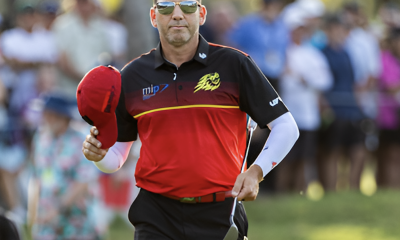
 19th Hole1 week ago
19th Hole1 week agoBrooks Koepka and Sergio Garcia make significant equipment changes as 2024 Masters looms

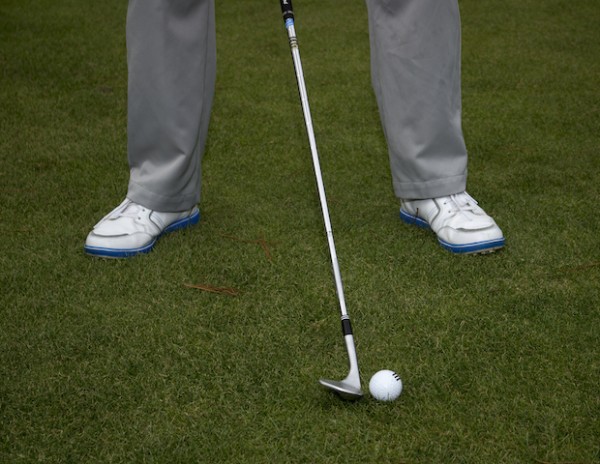
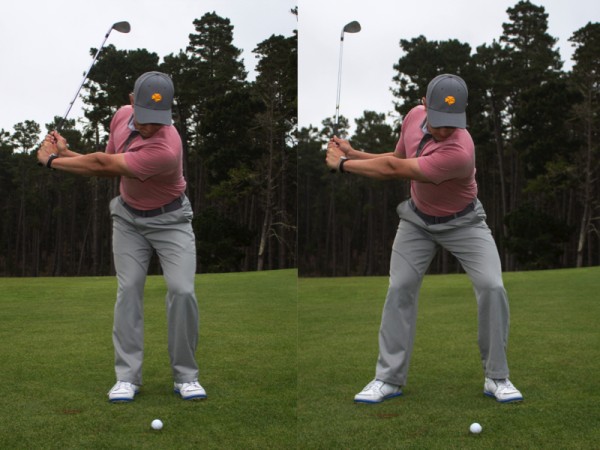



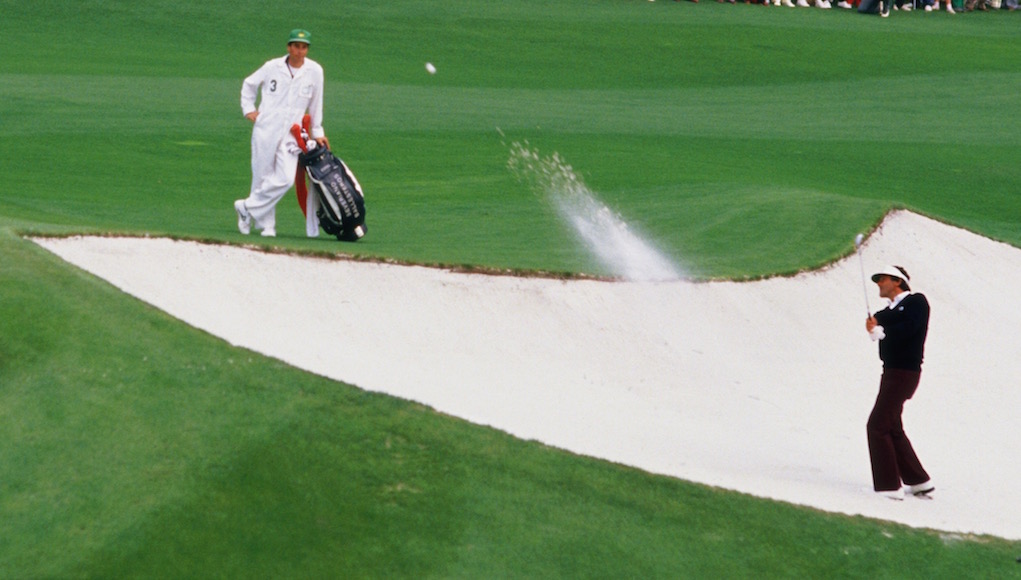
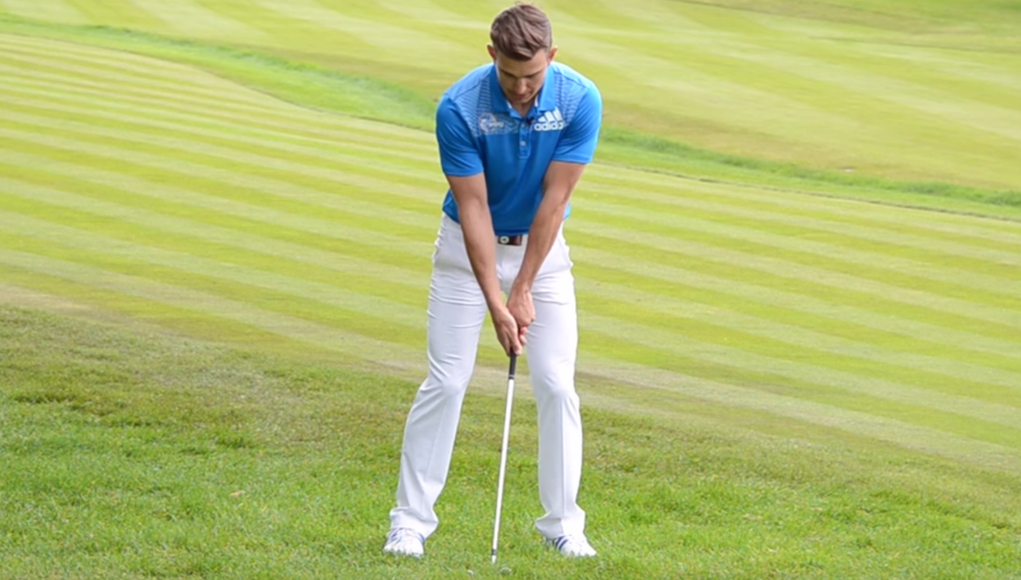
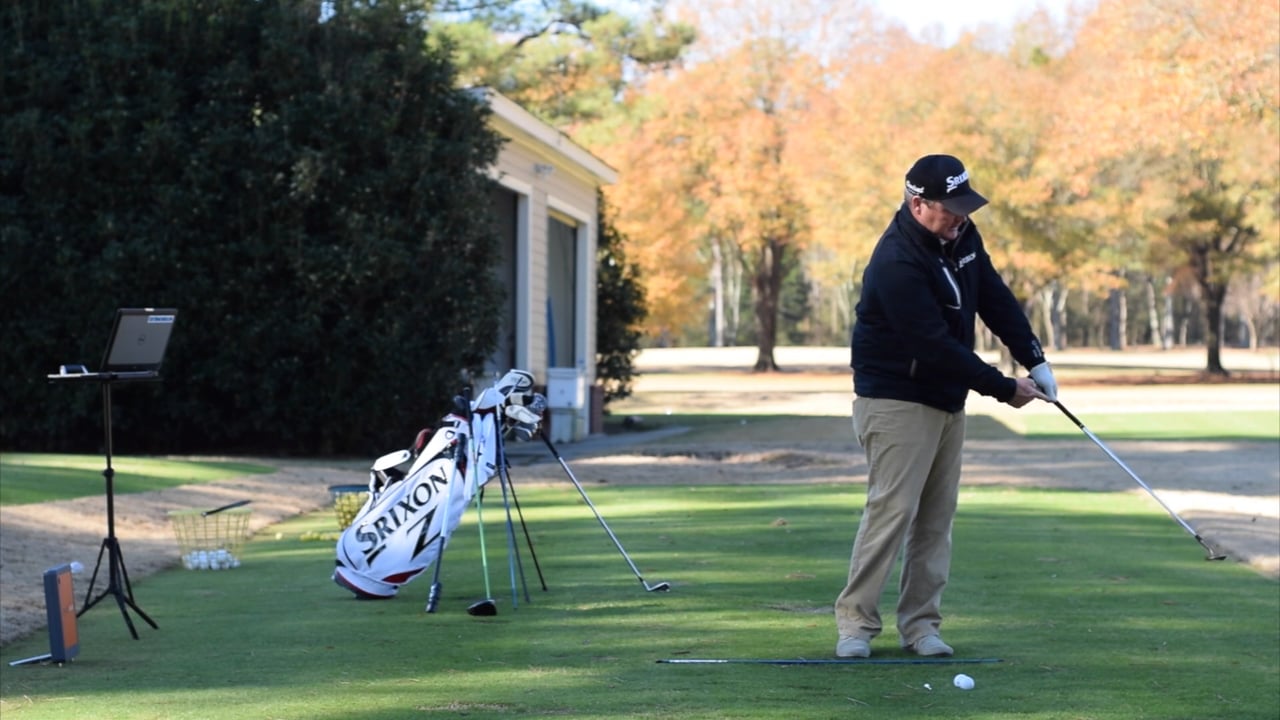
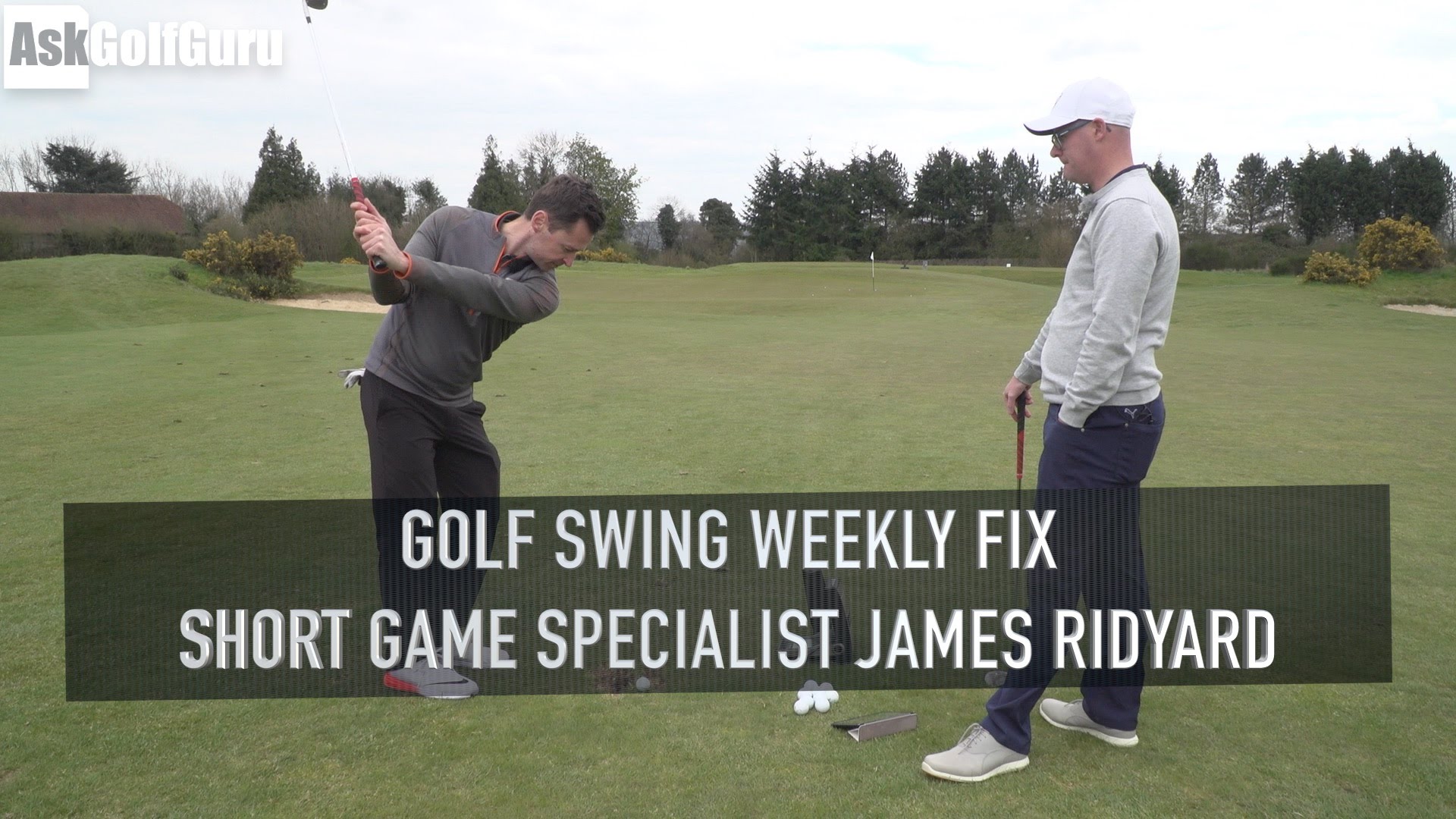
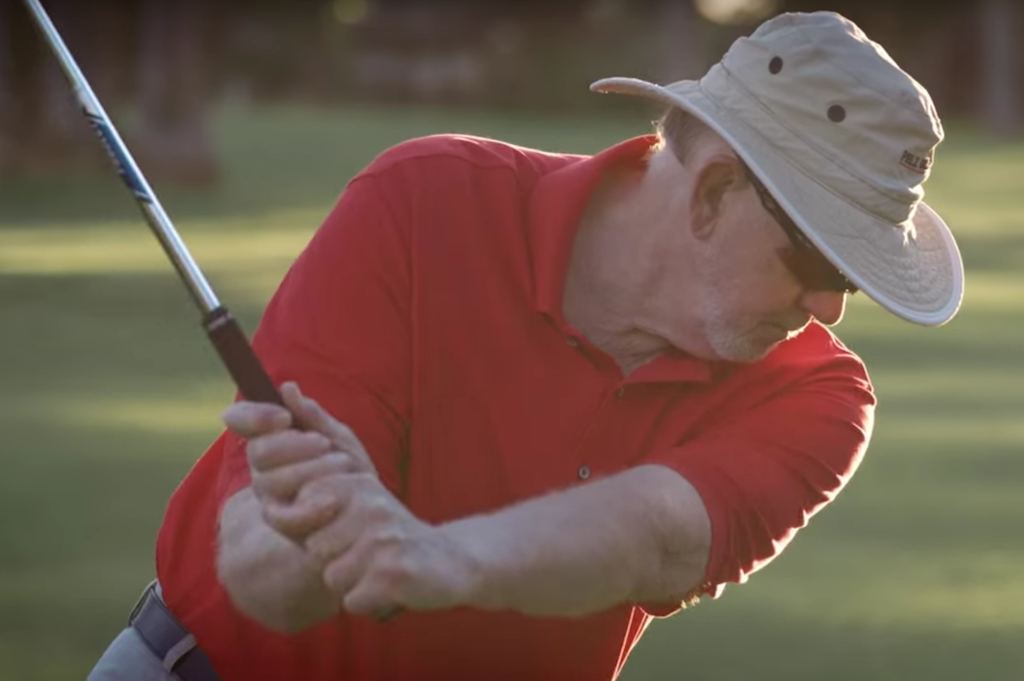
















Jesse
Sep 10, 2014 at 12:21 am
I found the best way last year. I dropped a 60 and now carry a 64. Soo simple and great for delicate little chips
Eliana Padron
Sep 9, 2014 at 8:59 am
Great article!
Nick
Sep 8, 2014 at 11:31 pm
I like the open stance-open face setup because it helps me get a feel for my impact position. But this method works just fine. The good stuff in this article is the talk about using width to create a shallow angle of attack.
Kevin
Sep 8, 2014 at 11:05 pm
I actually use this with pretty high swing speeds if i have to get the ball up quick and onto a green from 25-50 yards or so. It works pretty well! Never used it gently green side tho, ill have to give it a shot.
Lloyd Higley
Sep 8, 2014 at 10:29 pm
Thought the article was very good, and a lot of it is exactly what Seve said and did…but hey what did he know ?
Jeremy Anderson
Sep 8, 2014 at 9:41 pm
Interesting concept. Most good players won’t use this method because face angle changes throughout downswing. There are lots of bad players that cannot hit a normal flop like a tour player. Many guys on tour now cup left wrist going back, hold the wrist position and wipe the face left (for a RH player).
Again I’d assume he’s saying this is just an alternative for all of you who struggle to elevate the ball on short shots.
My next article coming soon talks about pitching fundamentals and wedge selection. Stay Tuned!!
@jjagolf JJAgolf.com
Mini
Sep 8, 2014 at 5:58 pm
This article is only talking about a MINI-flop chip.
Open stance, open face, weight forward, pulling under and across the ball to the left with lots of speed are the way to hit HIGH, LARGE, proper flop shots. Some may even yank on the handle and really slice the club face under and cut off the finish with a wrist flick, as many have seen TW do.
T
Sep 8, 2014 at 7:30 pm
You don’t really want to cut the club face across the ball like you said, that’s going to make your accuracy wildly inconsistent. Other than that you are correct. Open the face, ball forward, weight forward and make a wide swing with a lot of wrist hinge.
Heres what Rory’s says about it: “I think a lot of people cut across the ball when they try to flop it—that’s not what you want to do. You want to release the club under the ball and out toward the target. ”
http://www.golfdigest.com/golf-instruction/2014-09/rory-mcilroy-short-game-basics
RobG
Sep 8, 2014 at 5:11 pm
All good flop shots start with a with a wider-than-shoulder stance that is slightly open with a fair amount of knee flex, a forward ball position, an open club face, and a slightly weaker left hand grip. Those are a must. This article should be completely disregarded.
Andrew Moore
Sep 8, 2014 at 6:35 pm
You proved the point of the article. You said “all good flop shots” involve certain things. You can certainly hit a super lofted shot without opening the face or having a open stance. This article is meant to show that there is an alternative for those who haven’t had success doing it the “traditional” way.
CD
Sep 10, 2014 at 3:29 am
There is certainly more than one way to get it done, that Inagree with 100%. For example, I play the back edge of the ball dead centre, wide bent knees, hands low. I try to be square but have to open up the stance slightly as the hands are otherwise between my knees. I’m not trying to cut it. My face is wide open and almost flat to the ground.
My only criticism of the method you describe is with the hands dropped from such a forward ball position. If I dropped my hands the usual amount the leading edge would be wide open but the loft would be facing left of the target. I’d have to compensate to hit it straight. But maybe you don’t drop your hands as much as me (it looks like it though). I use a magnetic lie angle rod to see what direction the loft is pointing, I think with your method it would point closed.
Plus
Sep 8, 2014 at 4:44 pm
Whole lotta things wrong with this article.
Marshall Brown
Sep 8, 2014 at 4:54 pm
Completely agree
duckhook1
Sep 8, 2014 at 9:02 pm
The author should have gotten insight from all these “pro” or “semi pros” on this website for reference to hitting proper flop shots. I think we don’t see these website “pros” on Sundays on tour because everyone wants to keep their amateur status.
Short Game
Sep 8, 2014 at 4:39 pm
Opening the face and opening the stance are just ways to use the bounce of the club more though, right?
And thats what you want to do for a flop shot I thought. Very surprised at this article honestly.
Andrew Moore
Sep 8, 2014 at 6:37 pm
Leaning the shaft backwards exposes the bounce as well. This is a different method to hit flop shots. It was certainly good enough for Seve Ballesteros. I hope you give it a try!